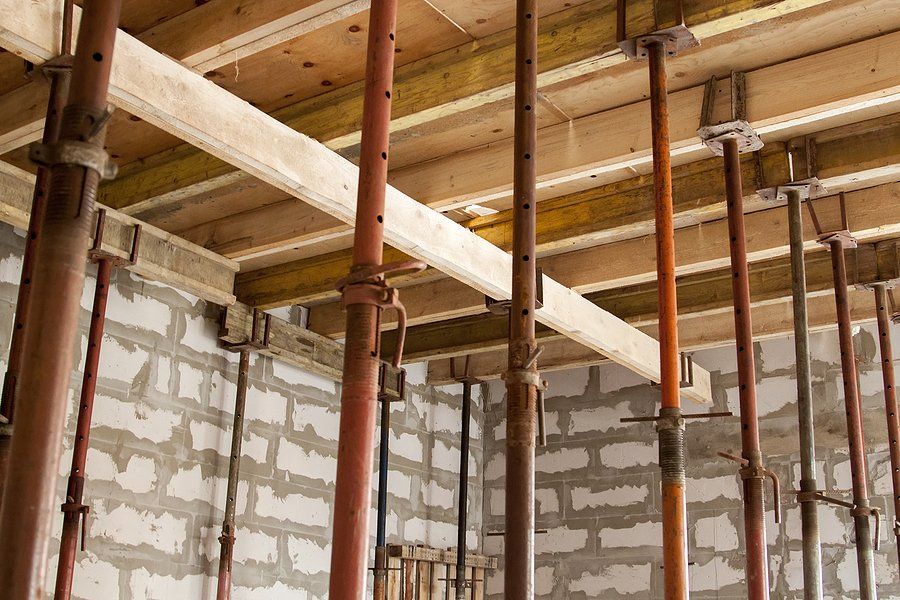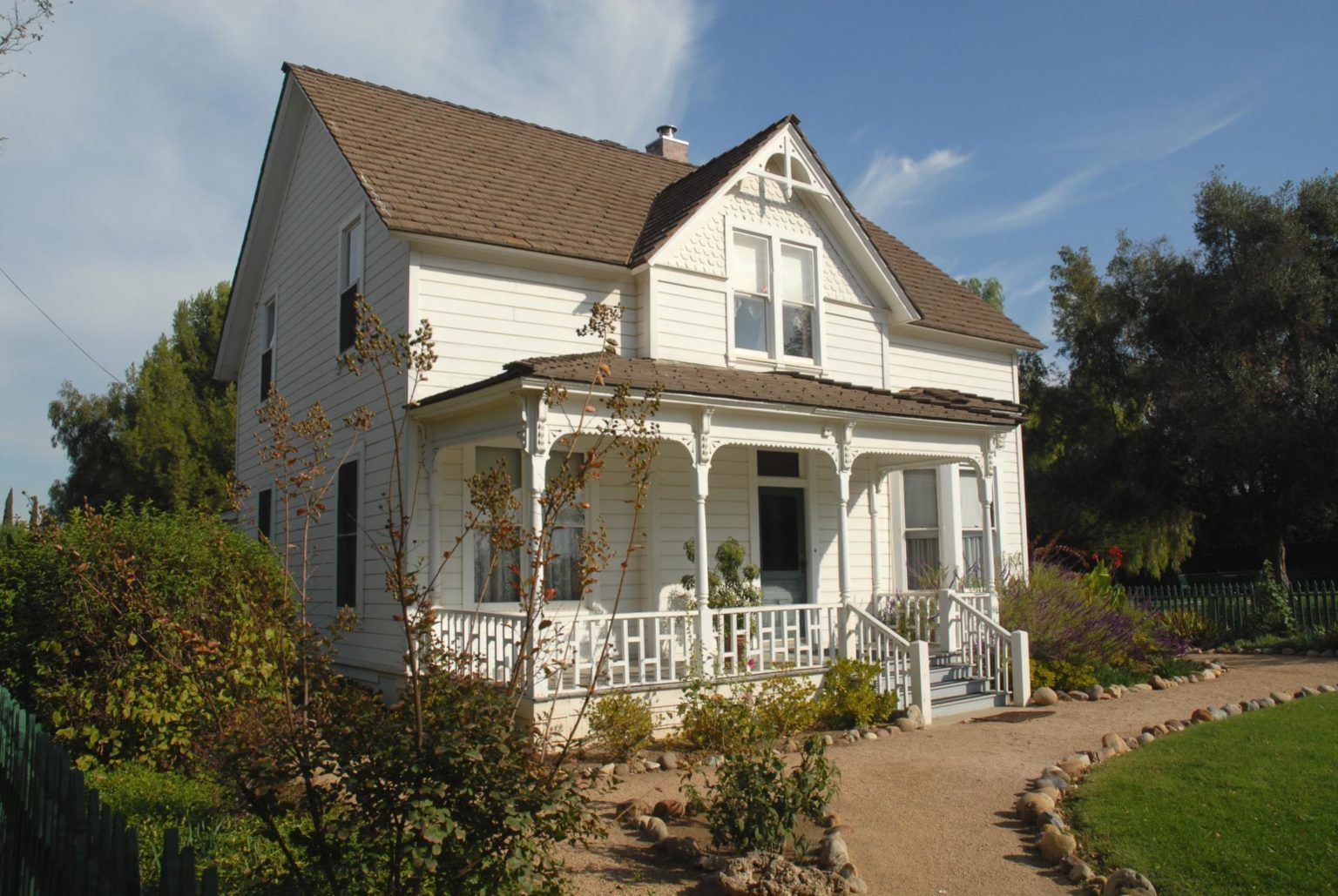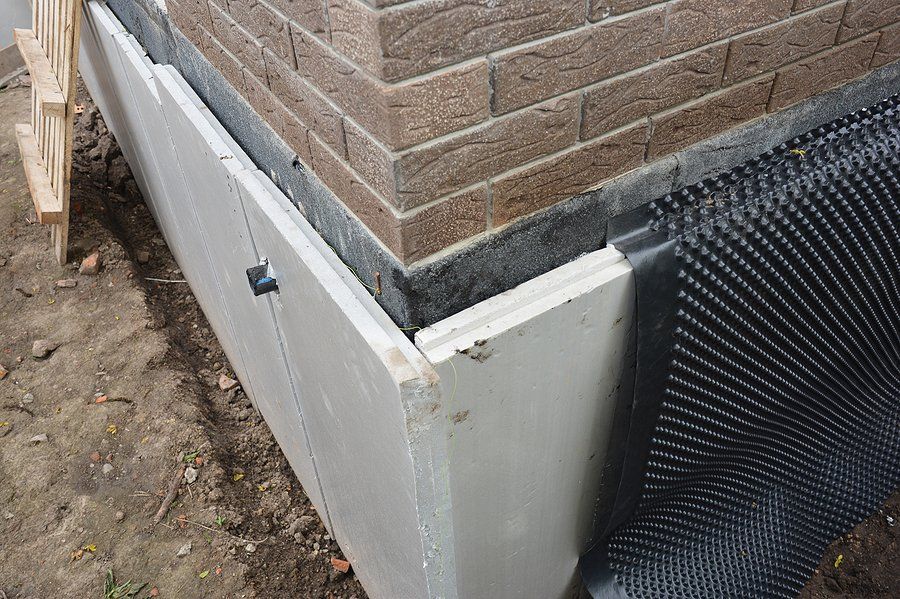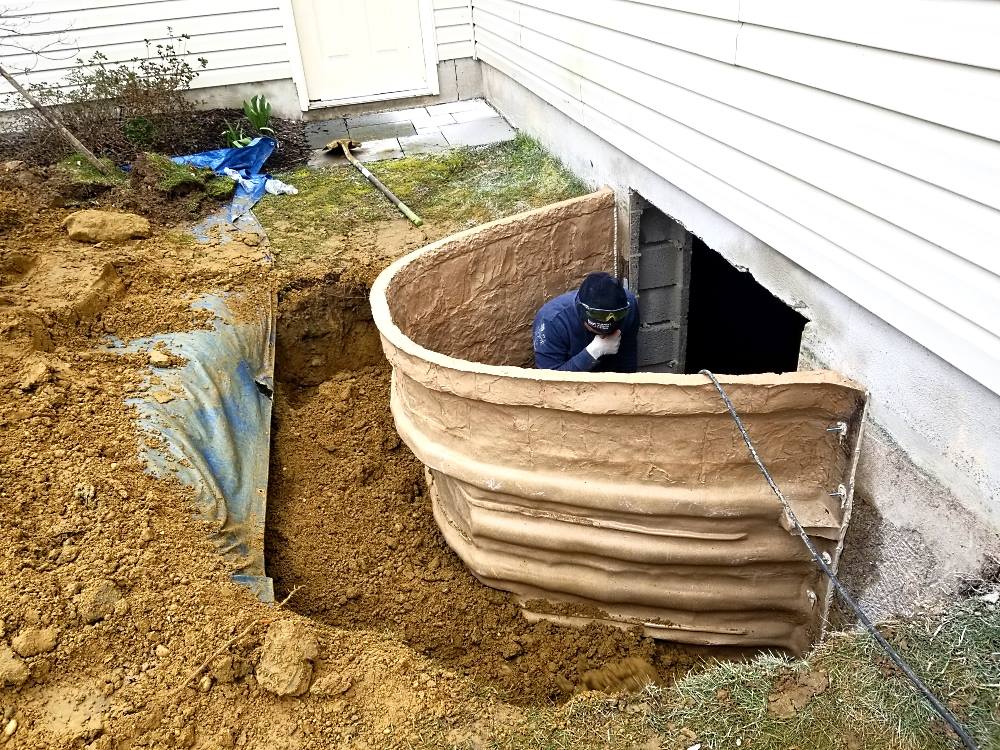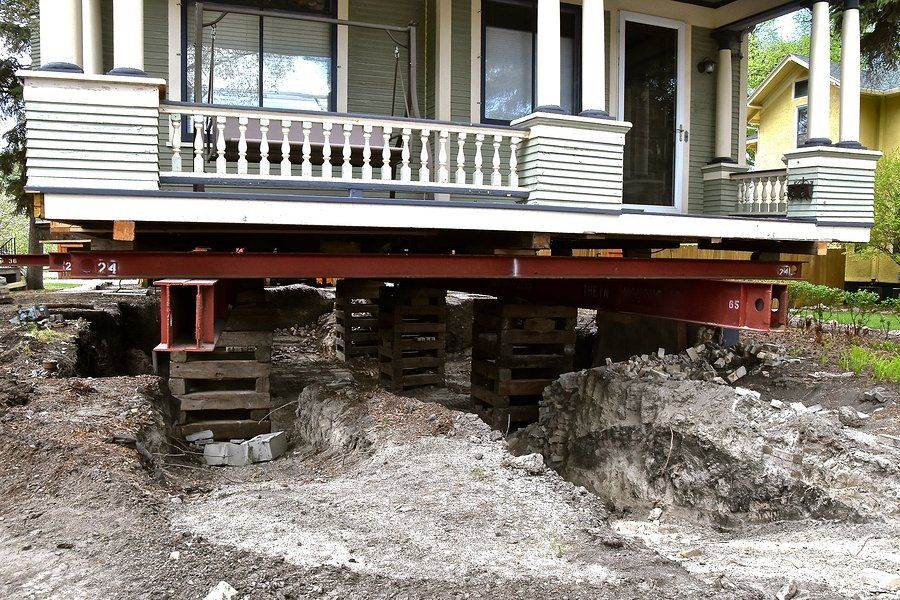Understanding Radon Mitigation Systems: A Comprehensive Guide
Ensure Your Home's Safety with Effective Radon Mitigation Systems
Radon is a colorless, odorless, and tasteless
radioactive gas that results from the natural decay of uranium in soil, rock, and water. It can infiltrate homes through cracks in floors, walls, and foundations, posing serious health risks to inhabitants by contributing to lung cancer. This has made the implementation of radon mitigation systems in homes, especially basements where radon levels can be higher, an essential step towards ensuring indoor air quality and safety.
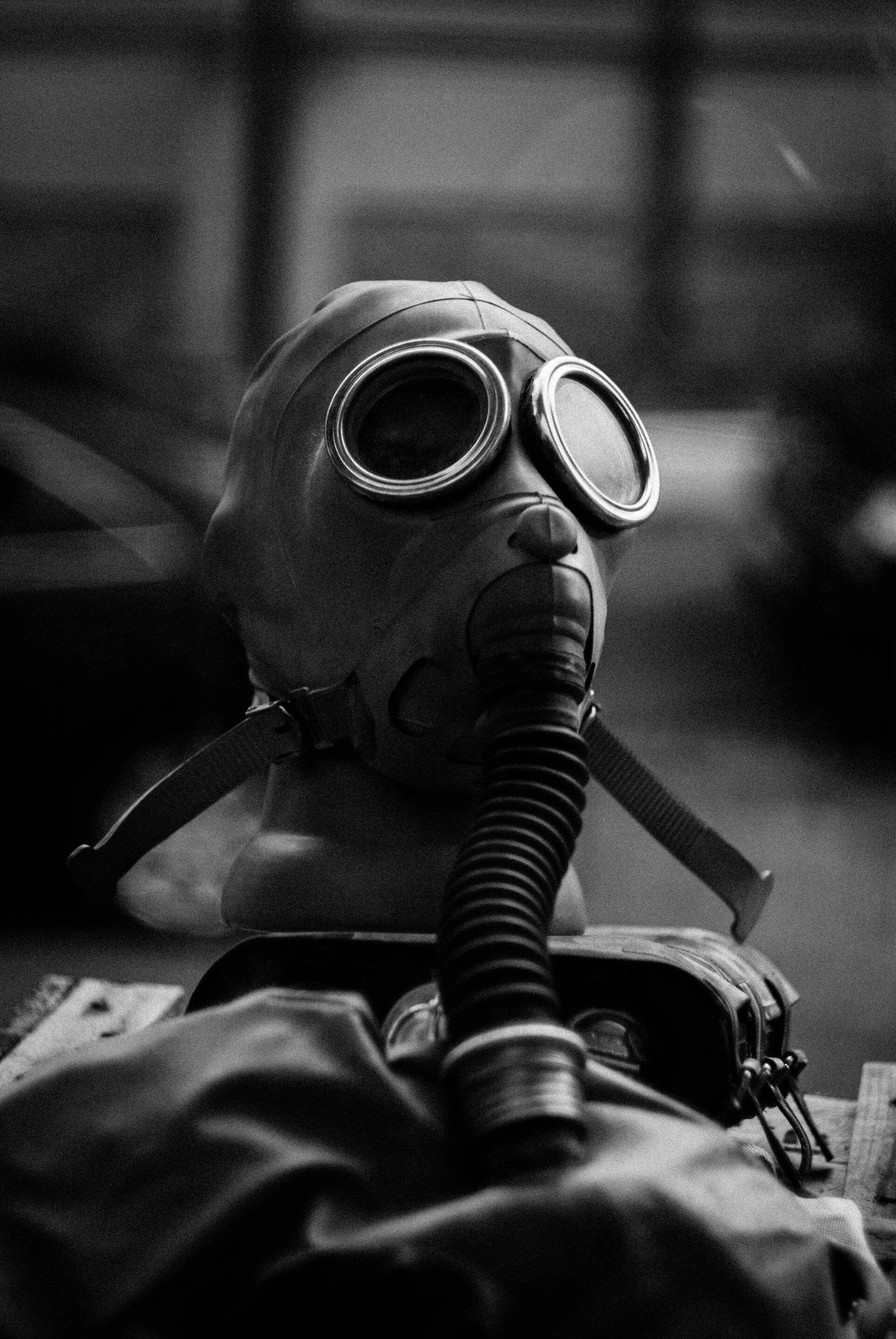
What is a Radon Mitigation System?
A radon mitigation system is designed to reduce radon levels in the indoor air of a building. It typically involves the installation of pipes and fans to pull radon from beneath the house and vent it outside, away from windows and other openings through which it could re-enter. The effectiveness of these systems can significantly decrease the risk of lung cancer associated with long-term radon exposure.
Radon Mitigation System Installation
The installation of a radon mitigation system is a process that should be carried out by certified professionals. It begins with an assessment of the building's design and the radon levels present. This assessment helps in determining the most effective system design and the best location for installation. The typical components of the system include a vent pipe, fan, and the system's discharge point. The complexity of installation and the system's design can vary depending on the building's structure, particularly if the mitigation is for a basement. Basements often require specialized design considerations due to their below-ground location and the ways in which radon can enter the space.
Radon Mitigation System Cost
The cost of radon mitigation system installation can vary widely depending on several factors, including the size of the building, the complexity of the installation, the level of radon contamination, and geographical location. Generally, the radon mitigation system cost can range from a few hundred to a few thousand dollars. It's important for homeowners to get multiple quotes from certified professionals to understand the potential investment required.
Basement Radon Mitigation System
Basements are particularly susceptible to high radon levels due to their proximity to the ground where radon is generated. A basement radon mitigation system often requires a sub-slab depressurization technique or a sump pit radon mitigation system to effectively reduce radon levels. These systems work by creating a vacuum beneath the basement floor to capture radon gas and vent it outdoors.
Monthly Cost of Radon Mitigation System
After the initial installation, the monthly cost of a radon mitigation system is relatively low, primarily encompassing the electricity required to run the fan continuously. The operational costs are typically minimal, with the average monthly cost not exceeding the price of a small household appliance's energy consumption.
Radon Mitigation System Pricing
When considering radon mitigation system pricing, it's crucial to factor in both the initial installation cost and the ongoing operational costs. Pricing can also be influenced by the need for additional features or system complexity, such as a higher-capacity fan or additional suction points for larger or more complex buildings.
Want to enhance your home even more? opt for a sump pump. Check out this article on
sump pump to understand more.
Professional Help: The Key to Effective Radon Mitigation
Securing professional help is paramount when it comes to installing a radon mitigation system. Certified radon mitigation professionals have the expertise, experience, and tools necessary to accurately assess your home's radon levels and design a system that effectively reduces those levels to a safe range.
These specialists follow industry standards and regulations to ensure that the system is installed correctly and efficiently, minimizing the disruption to your home and daily life. Furthermore, a professional can provide invaluable advice on maintaining your system over time, ensuring it continues to operate effectively.
Opting for professional installation not only guarantees the safety and efficacy of your radon mitigation system but also provides peace of mind knowing that the job is done right. Given the health risks associated with improper radon mitigation, investing in professional help is a wise and crucial decision for the health and safety of your home's occupants.
Conclusion
The health risks associated with radon exposure cannot be overstated, making radon mitigation an important consideration for homeowners, especially those with basements. Understanding the components, installation process, and costs associated with radon mitigation systems can help homeowners make informed decisions about protecting their homes and families from this invisible threat. While the upfront cost may seem significant, the peace of mind and health benefits it brings are invaluable.
More Marketing Tips, Tricks & Tools
©New York City Foundation Repair
917-512-2810




